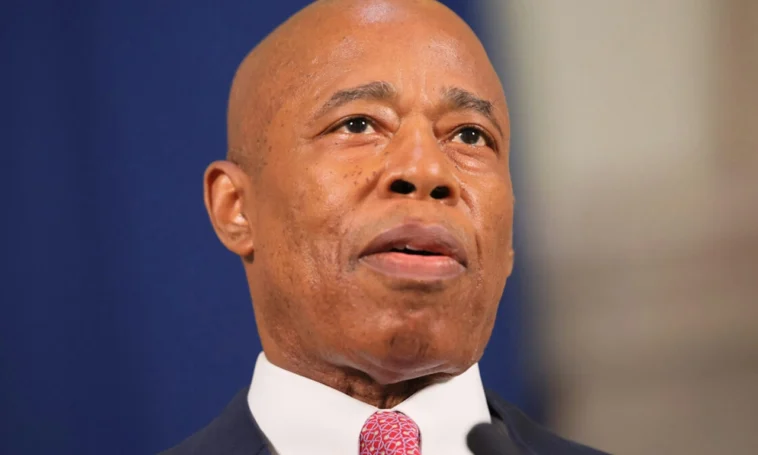Mayor Eric Adams referred to NYC to the “Port-au-Prince of America” sparked controversy and ridicule on social media, with many users expressing incredulity at the assertion. The response ranged from disbelief to outright scorn, as individuals pointed out the lack of precedent for such a comparison in common parlance.
The notion that New Yorkers affectionately refer to their city as the “Port-au-Prince of America” seemed absurd to many, with some suggesting it was a fabricated attempt to show solidarity with the Haitian community.
However, beneath the surface of this social media uproar lies a deeper examination of the shared challenges faced by New York City and Port-au-Prince. While the comparison may have been poorly received, the underlying issues of homelessness, crime, and waste management do draw a parallel between the two cities.
In June 2023, a report highlighted the plight of Haitians fleeing their homes due to rampant gang violence in Port-au-Prince. Similarly, New York City struggles with a significant homeless population, with nearly 93,000 individuals seeking refuge in the municipal shelter system as of November 2023. The sheer scale of displacement and the lack of adequate resources to address the needs of these vulnerable populations underscore the challenges faced by both cities.
Adams’ claim elicited guffaws on social media and a Community Note that stated simply, “No one calls New York City the Port-au-Prince of America.”
Furthermore, both Port-au-Prince and New York City grapple with alarming rates of violent crime. In Haiti, the crime rate has more than doubled since the previous year, with incidents ranging from homicide to kidnapping becoming increasingly prevalent.
Similarly, New York City recorded 386 homicides and 974 shootings in 2023 alone, according to the New York Police Department. The pervasive presence of violence in both urban landscapes underscores the urgent need for comprehensive strategies to address underlying social and economic factors contributing to insecurity.
Additionally, both cities struggle with the management of waste and sanitation services. In Port-au-Prince, inadequate funding and a lack of accessible landfills have led to waste piling up on streets, exacerbating public health concerns and environmental degradation.
Similarly, New York City grapples with the challenge of managing its vast quantities of waste, as evidenced by the ubiquitous presence of trash bags on sidewalks and streets. The proliferation of waste not only poses health hazards but also contributes to the proliferation of pests, such as rats, further exacerbating urban living conditions.
While Mayor Adams’ comparison may have missed the mark in terms of public perception, it inadvertently shed light on the shared struggles faced by residents of both New York City and Port-au-Prince. By acknowledging these challenges, policymakers can work towards implementing solutions that address the root causes of homelessness, crime, and environmental degradation in urban environments.
Ultimately, the comparison serves as a reminder that despite differences in geography and socioeconomic status, cities around the world grapple with similar issues related to urbanization and population density. By fostering dialogue and collaboration between diverse communities, cities can learn from one another’s experiences and work towards creating more equitable and sustainable urban environments for all residents.




Join the Community and Be a Part of the Conversation
You must be logged in or registered to post a comment.